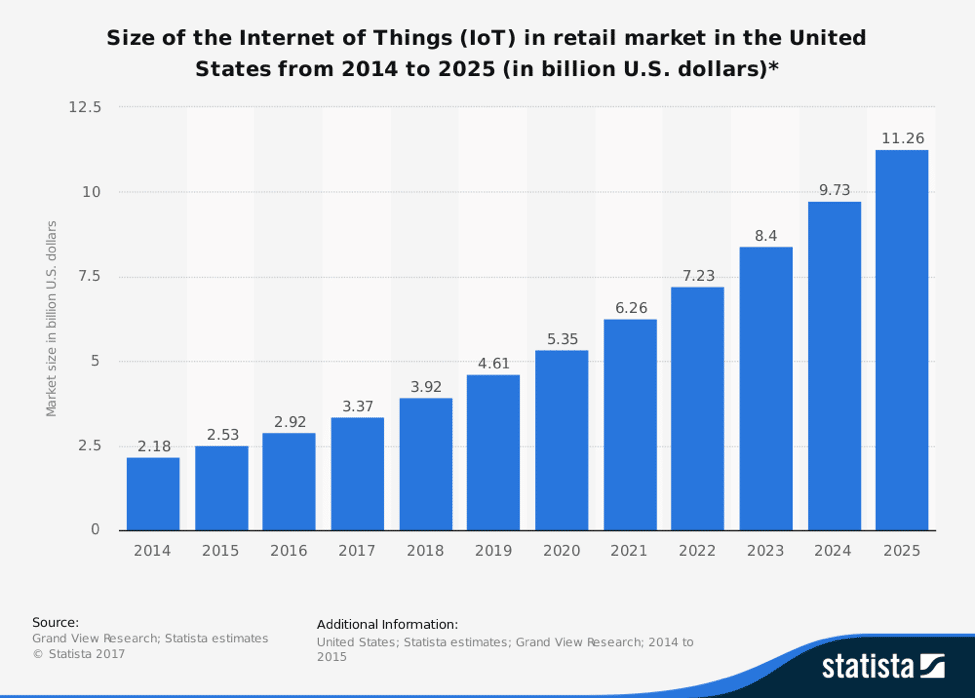
The Internet of Things: New Ways to Build Subscription Relationships
Source: Bigstock
The traditional buyer-seller relationship for goods is on the edge of change, and it's because we're giving those goods the ability to talk. Used to be, a customer walks into your store, you sell them a thing, and they walk out. That's it, sale over, toaster sold, dishwasher delivered. The only communication you get later about the toaster or dishwasher would be a message, delivered by the irate customer if the darn thing broke. That's changing now. We're giving things the abi...
HELLO!
This premium article is exclusively reserved for Subscription Insider PRO members.
Want access to premium member-only content like this article? Plus, conference discounts and other benefits? We deliver the information you need, for improved decision-making, skills, and subscription business profitability. Check out these membership options!
Learn more about Subscription Insider PRO memberships!
Already a Subscription Insider PRO Member?
Please Log-In Here!








